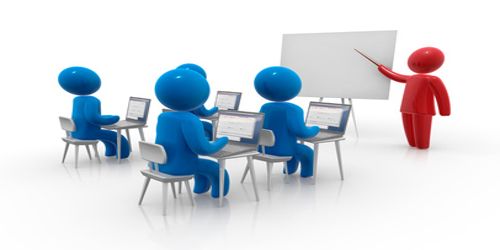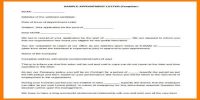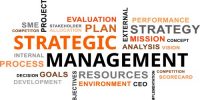Training is the set of organized activities aimed at imparting information and or instructions to improve the recipient’s performance or to help him or her attain a required level of knowledge and skill then the organized activities are known as training. Training is a program that helps employees learn specific knowledge or skills to improve performance in their current roles.
Learning principle of training: Learning principle is guidelines to the ways in which people learn most effectively. The more these principles are reflected in training, the more effective training is likely to be. These principles are participation, repetition, relevance, transference, and feedback. Research suggests that they apply equally to domestic and international training solutions:
Participation: Learning usually is quicker and longer-lasting when the learner participants activity. Participation improves motivation and apparently engages more sense that reinforces the learning process. As a result of participation, people learn more quickly and retain that learning longer.
Repetition: Although seldom fun, repetition apparently etches a pattern into one’s memory. Studying for an examination, for example, involves the repetition of key ideas so that they can be recalled during a test. Similarly, most people learn the alphabet and the multiplication tables by means or repetition.
Relevance: Learning is helped when the material to be learned is meaningful. For example, trainers usually explain the overall purpose of a job to trainees before explaining specific tasks. This allows the worker to see the relevance of each task and of following the correct procedures.
Transference: The more closely the demands of the training program match the demands of the job. The faster a person learns to master the job. For example, pilots usually are trained in flight simulators because the simulators very closely resemble the cockpit and flight characteristics of the plane. The close match between the simulator and the plane allows the trainee to quickly transfer the learning in the simulator to actual flight conditions.
Feedback: Feedback gives learners information on their progress. With feedback, motivated learners can adjust their behavior to achieve the quickest possible learning curve, without it, they cannot gauge their progress and may become discouraged.
















